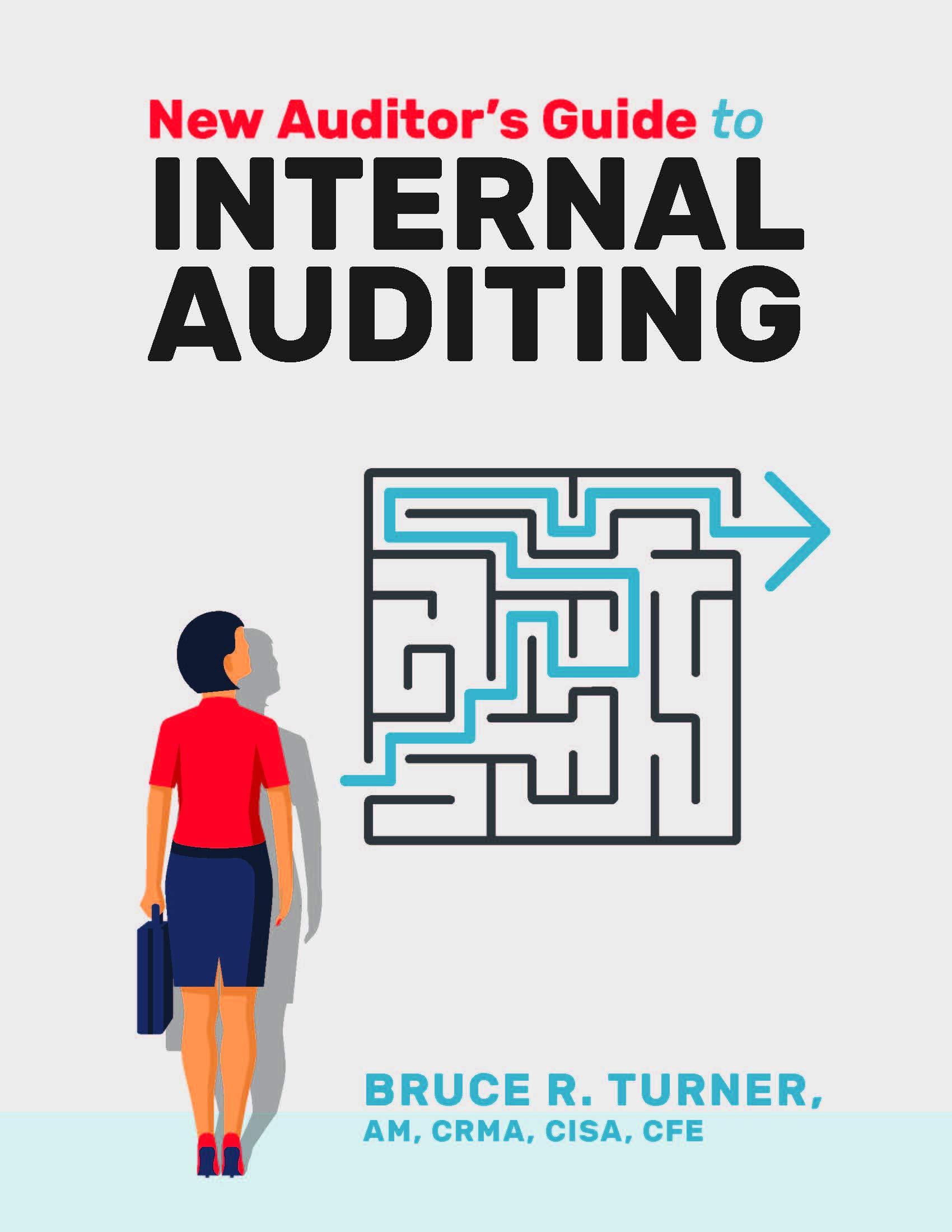Departmental Overhead Rates Lansing, Inc, previded the following data for its two producing departments: of form A produced and sold and 50,000 of form E. Required: 1. Calculate the owerhead rates for each department. Molding s per machine hour 1. Calculate the overhead rates for each department. Molding \& per machine hour Polishing 1 per ditect labor hour 2. Using departmental rates, assion overhead to the two prodacts and calculate the owerhead cost per unit, Roond your answers to the nearest cent. How does thas compare wah the plantwide fate unit cost, using direct labor hours? Relative to the plantwide rate, the cost fer Form A and for form 8 . 3. What if the rrachine hours in Molfing were 1,200 for form A and 3,b00 for form B and the direct taber hours used in Polisking were 5,000 and 15,000, respectively? Caleulate the averhead cost per unit for each product using depstrnental rates, Round your answers so the acarest cent. Compare with the plantwide rate unit costs calculated in Requirement 2. What can you conclude from this outcome? Relative to the plantsinde rate, the cost for form A and for form B. Departmental Overhead Rates Lansing, Inc, previded the following data for its two producing departments: of form A produced and sold and 50,000 of form E. Required: 1. Calculate the owerhead rates for each department. Molding s per machine hour 1. Calculate the overhead rates for each department. Molding \& per machine hour Polishing 1 per ditect labor hour 2. Using departmental rates, assion overhead to the two prodacts and calculate the owerhead cost per unit, Roond your answers to the nearest cent. How does thas compare wah the plantwide fate unit cost, using direct labor hours? Relative to the plantwide rate, the cost fer Form A and for form 8 . 3. What if the rrachine hours in Molfing were 1,200 for form A and 3,b00 for form B and the direct taber hours used in Polisking were 5,000 and 15,000, respectively? Caleulate the averhead cost per unit for each product using depstrnental rates, Round your answers so the acarest cent. Compare with the plantwide rate unit costs calculated in Requirement 2. What can you conclude from this outcome? Relative to the plantsinde rate, the cost for form A and for form B








